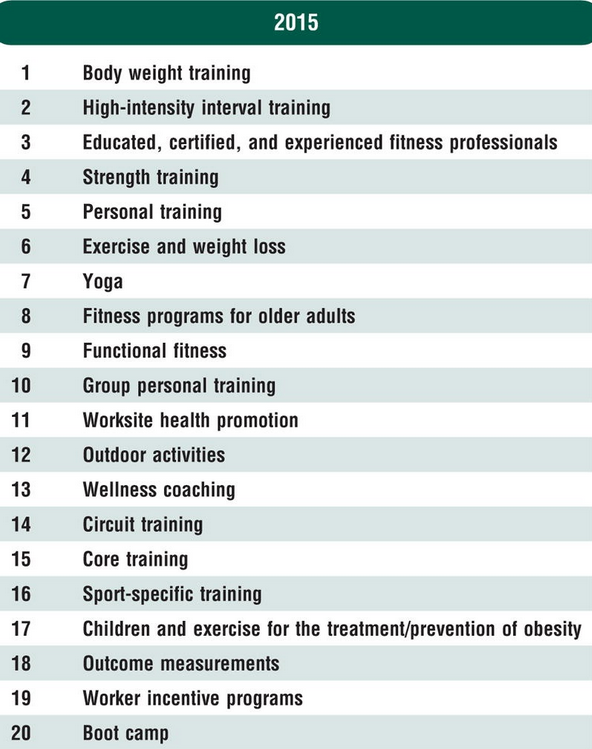High Intensity Interval Training (HIIT) is the name given to a form of exercises and workouts characterized by:
- High levels of effort for a (relatively) short period of time
- A period of rest or much reduced effort
- Repeating the effort and rest cycles for a prescribed time or number of repititions

Tabata Training is probably the best known of all HIIT processes. Tabata takes the whole concept of high intensity training to a whole new level.
Other scientifically tested approaches to HIIT (as opposed to the thousands of “gurus” who make up any old exercise routine and call it HIIT) include those studied by:
- Martin Gibala, McMasters University, Canada 2006/7
- Jamie Timmons, Loughborough University, UK
More on Tabata
We are going to show you examples of many different exercise sets and regimes. Of them all Tabata is the most precisely defined in terms of exercise types, duration of intensity, effort during intense exercise and rest periods. For that reason we are going to start with a description of Tabata.
Tabata consists of 8 sets of exercise. Each set requires just 20 seconds of intense exercise followed by 10 seconds of rest. Repeat 8 times and you have a total of 4 minutes exercise. If you have been paying attention you may very well say, “but that only adds up to 2m 40s exercise and 1m 20s of rest”.
You’d be right.
Sounds easy?
Think again.
In Tabata each 20 seconds of exercise must be done to your absolute capacity each and every time. Good Tabata exercises satisfy 2 basic criteria:
- They engage the whole body
- They are capable of being performed repeatedly at maximal capacity.
Good examples include:
- Sprinting
- Rowing (machine or water)
- Cycling (static or spinning)
- Cross-trainer
- Squat thrusts
If you look around the Internet for Tabata workouts you will find 1000 of results. In most cases the exercises fail to meet the basic criteria and are likely to cause you more harm than good.
HIIT Exercises
Most HIIT Workouts are not as well defined as Tabata in terms of what are good and bad exercises. Research shows that most people exercise normally at something around 60% of capacity (more on what this means in a future post but in practice this is typically based on pulse rate). HIIT will typically involve increasing the intensity of training to 70-90% of capacity for shorter periods.
In general we strongly advise sticking to the Tabata guidelines on what constitutes a good exercise.
Nevertheless, as most HIIT is not as intense as Tabata there is a much wider range of exercises that can be usefully employed.
We will look at what this means in practice in future posts.


